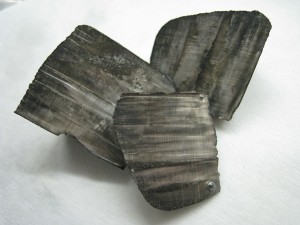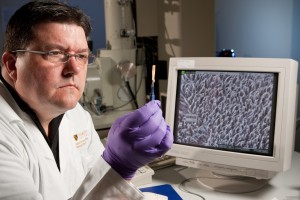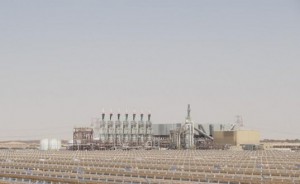The cost of solar/PV energy production continues its sharp decline…with the latest advancement being a California company named RSI that has found a way to produce large thin film PV modules at about one third less cost than current technology. This cost target wasn’t expected to be reached by the industry until 2017…and RSI plans to deliver modules in 2014. The industry is seeing lots of steps like this in both energy production and storage…things are changing fast and that bodes well for our future and the future of this planet…the big question is how quickly clean energy can be implemented and CO2 emissions eliminated…
via CleanTechnica

 A new lithium-sulfer battery technology under development promises to prove around four times the energy storage as current lithium ion batteries. Also, since it doesn’t use a liquid electrolyte, it’s expected to be safer (ie, less flammable) than existing technologies. It’s in the prototype phase, which usually (for stuff like this) means a couple years from production.
A new lithium-sulfer battery technology under development promises to prove around four times the energy storage as current lithium ion batteries. Also, since it doesn’t use a liquid electrolyte, it’s expected to be safer (ie, less flammable) than existing technologies. It’s in the prototype phase, which usually (for stuff like this) means a couple years from production.
 Researchers have managed to make a flexible, inexpensive energy-producing fabric that can be used in clothing or covering any surface (like inside the walls of your house, as an outer layer to use heat escaping your house). Traditional thermoelectric devices have been too rigid (and expensive) for this, so this is a pretty big deal. It’s not that efficient, but it doesn’t need to be when it’s cheap and can cover large areas. Power production is around one milliwatt per square centimeter, so you might get a watt or two from clothing made with this – but that would go a long ways towards charging your iPhone, for example. As a bonus feature, it’s piezoactive, meaning that energy is created when the material is flexed. The first products made from this material might hit the market as soon as next year.
Researchers have managed to make a flexible, inexpensive energy-producing fabric that can be used in clothing or covering any surface (like inside the walls of your house, as an outer layer to use heat escaping your house). Traditional thermoelectric devices have been too rigid (and expensive) for this, so this is a pretty big deal. It’s not that efficient, but it doesn’t need to be when it’s cheap and can cover large areas. Power production is around one milliwatt per square centimeter, so you might get a watt or two from clothing made with this – but that would go a long ways towards charging your iPhone, for example. As a bonus feature, it’s piezoactive, meaning that energy is created when the material is flexed. The first products made from this material might hit the market as soon as next year.
 The world’s largest concentrated solar power plant has been switched on in Abu Dhabi recently. At a cost of about $600 million, it covers almost a square mile and will generate enough electricity to power around 20,000 homes.
The world’s largest concentrated solar power plant has been switched on in Abu Dhabi recently. At a cost of about $600 million, it covers almost a square mile and will generate enough electricity to power around 20,000 homes.